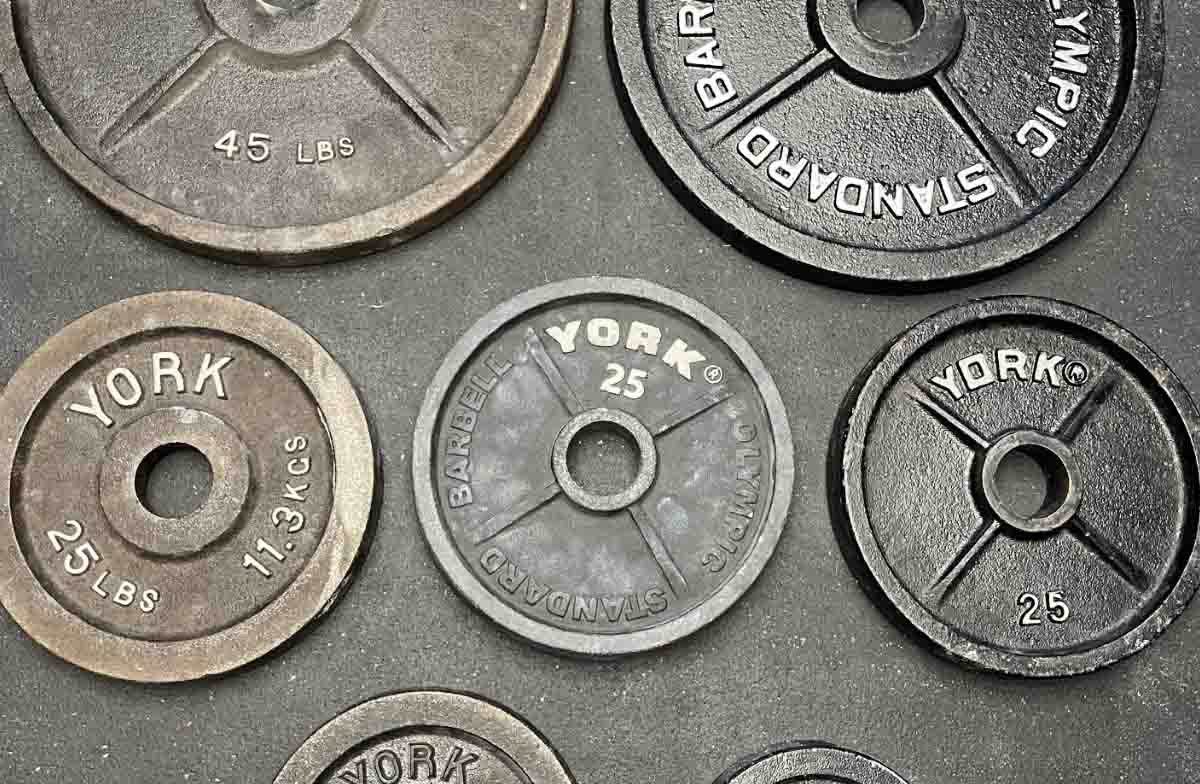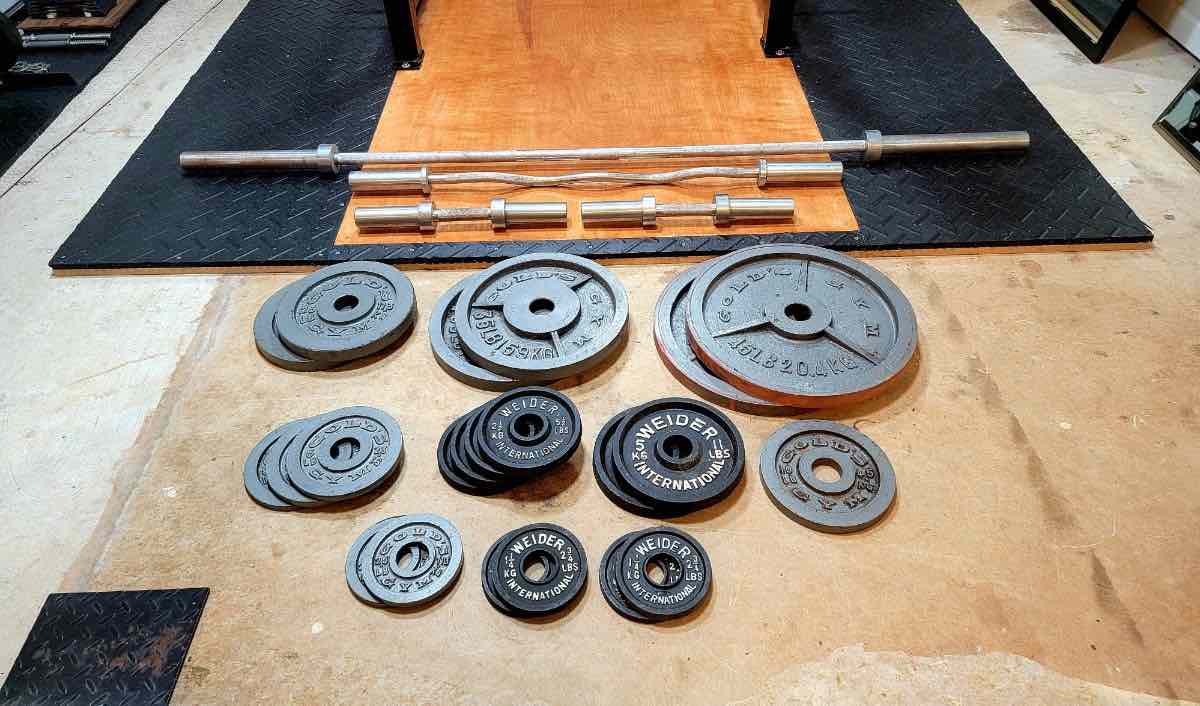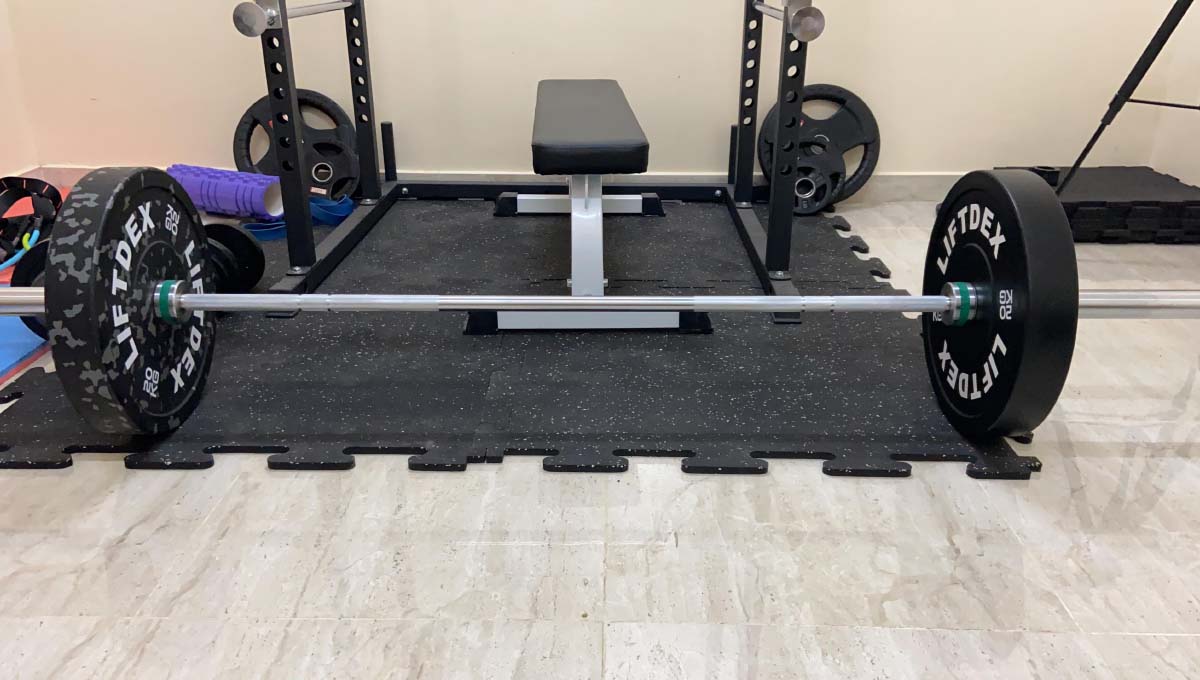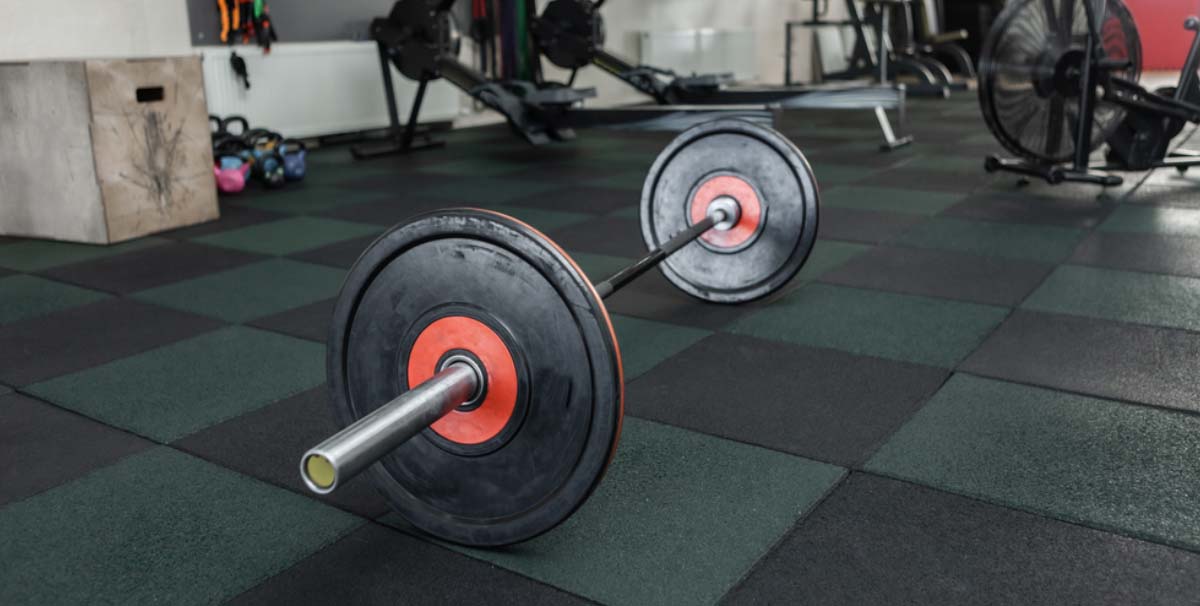Yes, of course! You can deadlift without bumper plates. Deadlifts are crucial for building strength in your glutes, hamstrings, back, core, and traps.
And, as you progress, it will help you build up to more advanced lifts like power cleans and hang cleans. While bumper plates are preferred for deadlifts because of their rubber coating, which can withstand drops without damaging the weights, the floor, or the plates.
But don’t let not having bumper plates hold you back from reaping the benefits of deadlifting. The key is to use proper form and increase weight gradually.
Can you deadlift without bumper plates?
Of course! Deadlifting is one of the most effective exercises for building strength in your glutes, hamstrings, back, core, and traps. And you don’t need fancy equipment like bumper plates to do it! Even with traditional metal plates and a modified deadlifting style, you can still reap the benefits of deadlifting without bumper plates.
When it comes to deadlifting, proper form is key. And, if you’re not lifting heavy weights, you can use the squat-to-stand method to perform your reps. This technique allows you to practice proper form and build up weight gradually.
Additionally, rubber mats or deadlifting platforms can absorb traditional metal weights’ impact when bumper plates may be in short supply at your gym or not available at all.
Also, keep in mind that bumper plates take up a lot of space on the bar, so it can become an issue when you start lifting heavier weights.
But don’t let that stop you from reaching your fitness goals! Remember, with determination, proper form and a gradual increase in weight; you can deadlift without bumper plates and still see the results you want.
Why are bumper plates ideal for deadlifts?
Olympic bumper plates are the same size regardless of how heavy they are. In other words, a 10-pound bumper plate has the same diameter as a standard 45, just a bit thinner. There are several advantages to this design:
- Less noise: Regular plates make a lot of noise when being lifted, especially when set down or dropped. If the noise level is an issue in your home or a public gym, rubber-coated plates can help.
- Reduces the chance of injury: When setting the weight back to the floor, it can be hard to control the heavyweight. The result is jerking or dropping the bar in a way that could injure your shoulders or lower back.
- Better form: Large, uniform plates (regardless of how heavy you lift) will get the barbell to the right height to perfect your form.
- Doesn’t damage the floor: Bumper plates can be used on any surface, even concrete.
- Won’t damage the weights: The impact of dropping iron weights over and over will take a toll on them.
Is it OK to deadlift with metal plates?

Yes, there are several situations where deadlifting with metal plates is absolutely fine.
Those are the only options available to you
When it comes to achieving our fitness goals, we must make do with the equipment at our disposal. While metal plates may be more budget-friendly, they lack the versatility and durability of bumper plates.
Sure, investing in a set of 45-pound urethane coated bumper plates can be costly, ranging anywhere from $175 to $330.
But, think of it as an investment in yourself and your gym’s future, as they will last longer and offer a wider range of exercises. It may be a significant expense, but the benefits are worth it.
They are your preference
As fitness enthusiasts, we all have our preferences regarding the equipment we use for our workouts.
Some powerlifters prefer the classic look and feel of iron plates. Maybe it’s what they started with, or they just love the rough, tough appearance.
Either way, it’s important to remember that what works for one person may not work for another. It’s all about finding what works best for you and what you feel comfortable with.
You need more space on the bar
If you deadlift over 405 lbs (8 bumper plates plus the bar), you won’t be able to add any more weight due to the thickness of the bumper plates. Metal plates, by comparison, are significantly thinner.
What if you deadlift with smaller plates?

When it comes to deadlifting, every inch counts! As we build up our strength, it’s important to pay attention to the height of the bar when loaded with smaller weights.
Olympic deadlifts, and heavy lifters in general, will have at least one 45-pound plate on the bar. Standard bumper plates are 18″ in diameter, putting the bar 9″ off the ground.
But what happens when we switch to smaller plates? Using slightly smaller metal plates, such as 17.75″ in diameter, will lower the height of the bar. And just a slight difference in the height of the bar can drastically change our body’s positioning and the amount of weight you can lift.
For example, someone who still needs to deadlift 135 pounds (a 45-pound plate on each side) and the next largest weight available is a 35-pound plate, which is only 14.25″ in diameter; this will make the deadlift even harder.
It’s important to keep in mind that every inch counts and to be mindful of the height of the bar when using smaller plates.
Disadvantages of smaller plates
The main disadvantage of doing a deadlift with a lower weight is that it requires you to squat even lower in your starting position.
This is known as a deficit deadlift, and while it does have advantages for more advanced lifters, it can be hard on the lower back. Deficit deadlifts are not good for beginners who have yet to solidify their form.
Possible Solutions
In order to solve this problem, there are a couple of things you can do.
Use a power rack
Also known as a power cage or squat cage, these apparatuses have horizontal bars that are adjustable to spot you during a workout for safety. And they’re great for multiple exercises like squats, bench presses, and lunges.
Stack plates on the floor
A few larger weights stacked up should get your barbell to the right height, with no extra items needed (like step benches or plywood rounds)
Is deadlifting with bumper plates easier?

Deadlifting with bumper plates isn’t necessarily easier. The challenge of lifting heavy weights remains the same whether you are using bumper plates or metal plates. However, bumper plates offer some advantages that make deadlifting more convenient and safer.
The bottom line
If you plan to deadlift without bumper plates, make sure you have an absorbent floor, like rubber flooring or a lifting platform, to prevent damage to your floor and your weights.

